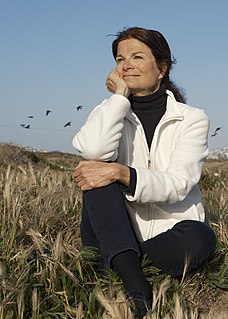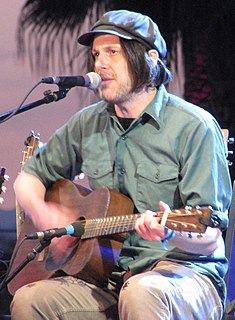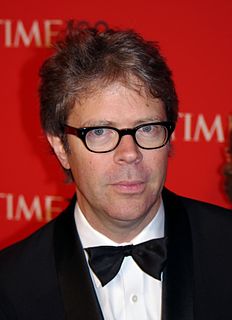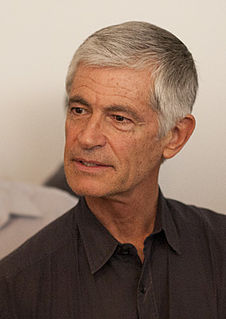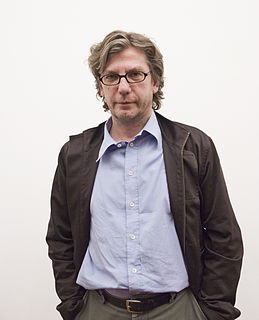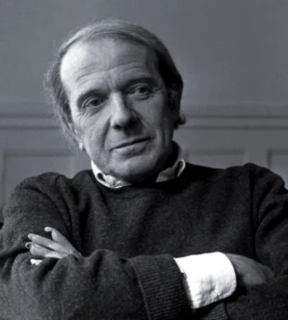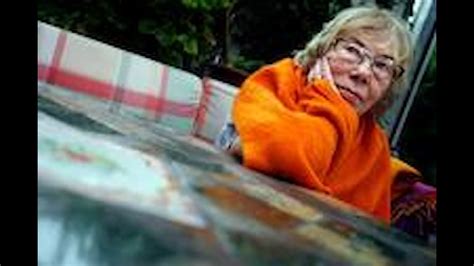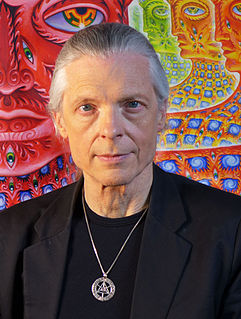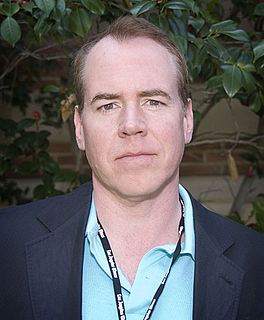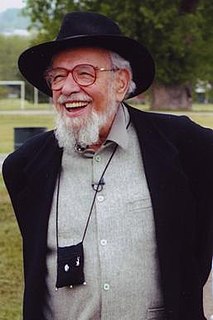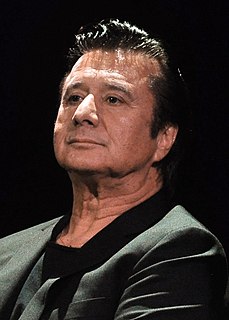A Quote by James Rosenquist
I decided to make pictures of fragments, images that would spill off the canvas instead of recede into it like a medicine cabinet. I wanted to find images that were in a 'nether-nether-land': things that were a little out of style but hadn't reached the point of nostalgia.
Related Quotes
The Huygens images were everything our images from orbit were not. Instead of hazy, sinuous features that we could only guess were streams and drainage channels, here was incontrovertible evidence that at some point in Titan's history - and perhaps even now - there were flowing liquid hydrocarbons on the surface.
Typically there are little fragments of specific words and images swimming around in my mind, and then at some point, I'll sit down with the guitar and everything will fall into place. It's like your brain is a drain with a bunch of words and images dropping into it, swirling around. The drain is stopped up, but you can feel these things dropping into it. Then at some point, someone comes along and pulls the plug out of the drain and everything comes together in the song.
She wondered: How could people respond to these images if images didn't secretly enjoy the same status as real things? Not that images were so powerful, but that the world was so weak. It could be read, certainly, in its weakness, as on days when the sun baked fallen apples in orchards and the valley smelled like cider, and cold nights when Jordan had driven Chadds Ford for dinner and the tires of her Chevrolet had crunched on the gravel driveway; but the world was fungible only as images. Nothing got inside the head without becoming pictures.
The pictures that were coming from Vietnam were showing us what was really happening on the ground level. It was in contradiction to what our political and military leaders were telling us. They were straight forward documentary images. A powerful indictment of the war, of how cruel and unjust it was. When I finally decided what to do with my life, it was to follow in that tradition.
When I look in the mirror I see the woman I knew I wanted to be as a child. When I was a young girl, I had a vision of the woman I wanted to be. And I often reached out to women of color in America for inspiration. My mother would regularly buy Essence and Ebony. I would look at those magazines filled with images of professional, intelligent women of color who knew who they were, who enjoyed who they were, and who were surrounded by other people who enjoyed who they were. When I look in the mirror, I'm really glad that that's what I see today, but it took awhile to get here.
I've been collecting photographs since I don't know when, for a long time, for different reasons. You can find them on eBay and when we were browsing through the shops there were images that attracted me. These are all historical images because these days they're all digital. They don't exist anymore.
She had realized there are only fragments, that 'memories' always consist of fragments the mind puts together into a pattern, adapts a picture staked out early without the need for a conenction with anything that really happened. A great deal is misunderstood by small children, then stored as images that attract similar images, confirming and reinforcing.
I've always been fond of the idea expressed in Buddhist art, that there are certain objects that, just by seeing them, can plant a seed for liberation in the individual. That class of objects is called "liberation through seeing." Certain Buddha images are like that, but if it were possible, I would like to find contemporary non-traditional sacred images. Maybe it sounds pretentious, but most spiritual paths point to the possibility that we all can access the deep, absolute dimensions of reality.


